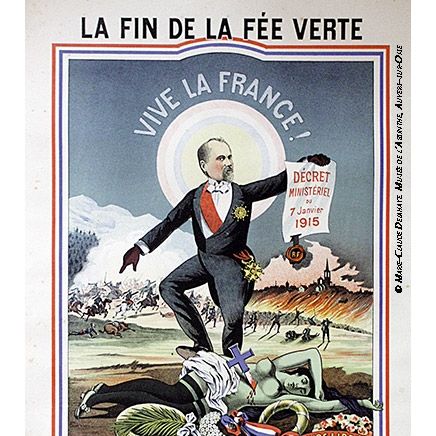From the French colonies to Paris
The precise origin of absinthe is unclear. The medical use of wormwood dates back to ancient Egypt. Wormwood extracts and wine-soaked wormwood leaves were used as remedies by the ancient Greeks.
Absinthe's popularity grew steadily through the 1840s, when it was given to French troops abroad -such as in Algeria in particular- as a malaria preventive and due to its reputation to fight many other diseases including dysentery.
After the army brought it back to France, absinthe became so popular in bars, bistros, cafés, and cabarets by the 1860s that the hour of 5 p.m. was called l'heure verte ("the green hour"). Similar to tango, it soon became favored by all social classes, up to the wealthy bourgeoisie and artists who favored the most refined quality.



From the ban to the resurrection
Absinthe became associated with violent crimes and social disorder. Many believe today was spurred by fabricated claims and smear campaigns orchestrated by the wine industry, while at the end of the 19th century absinthe became even more popular than wine. With the onset of the first World War, absinthe finally became banned in France.
The French Absinthe Ban of 1915 was finally repealed only in May 2011. Only a handful factories survived, with the long quest of the authentic absinthe taste from the ingredients up to the production process, finally leading to the recipe of Nymfête...



All rights reserved. www.nymfete.fr
© 2019

